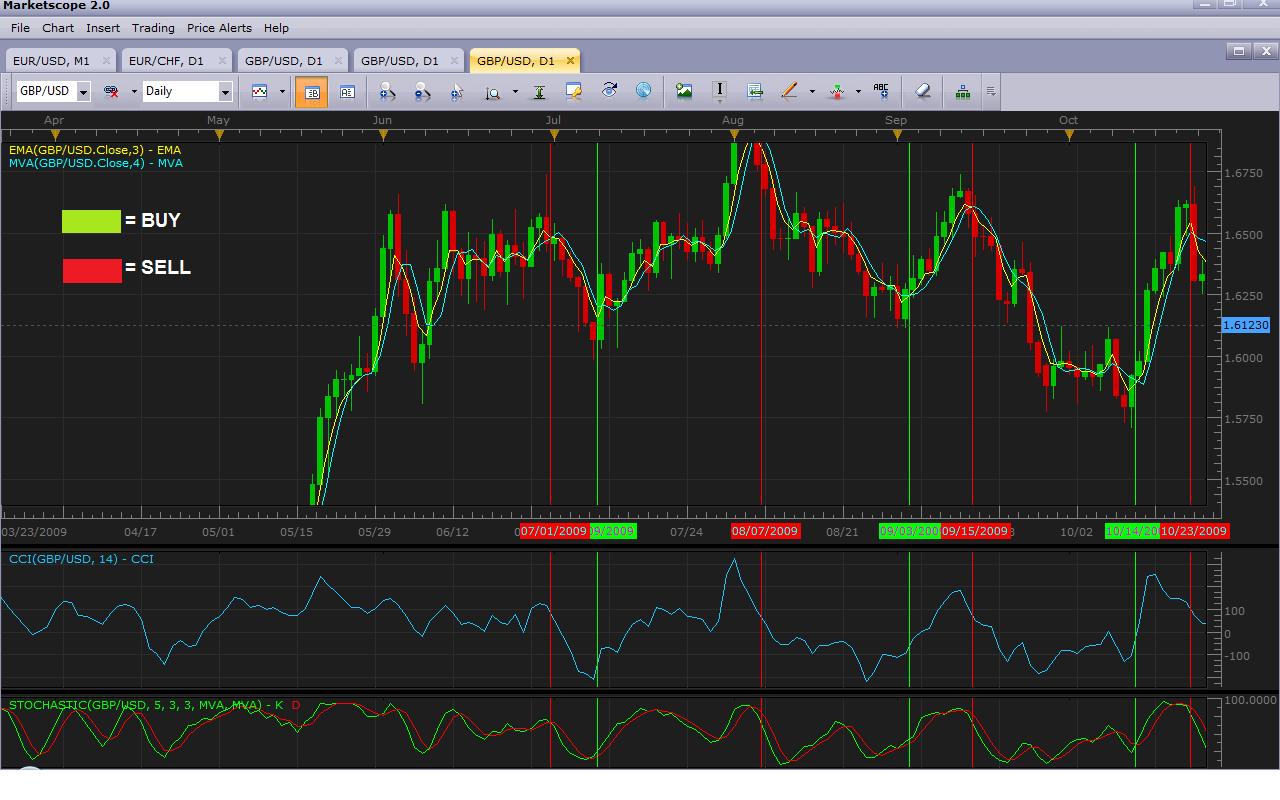Ten Odd-Ball Tips on Forex Analysis
페이지 정보

본문
 Artificial Intelligence (AI) has been making waves in various industries, and trading is no exception. AI trading, also known as algorithmic trading, is the use of complex algorithms and machine learning techniques to automate the trading process.
Artificial Intelligence (AI) has been making waves in various industries, and trading is no exception. AI trading, also known as algorithmic trading, is the use of complex algorithms and machine learning techniques to automate the trading process.
In trading, machine learning models can analyze market trends, identify profitable trading opportunities, and execute trades at optimal times. They can also monitor the market in real-time, adjust trading strategies based on changing market conditions, and manage risk more effectively.
In conclusion, currency exchange is a fundamental aspect of the global economy, enabling businesses and individuals to operate across borders. Exchange rates affect tourism, international trade, and investment, making them a critical consideration for those engaging in cross-border transactions. Understanding the basics of currency exchange can help individuals and businesses make informed decisions and minimize the impact of exchange rate fluctuations.
Another significant reason for currency exchange is international trade. When goods and services are exchanged between countries, currency exchange is necessary. Exchange rates affect the profitability of international trade, as fluctuations can impact the price of goods and services. For example, if a US company exports products to the European Union, any increase in the value of the euro relative to the US dollar would reduce the profitability of those exports. Conversely, a decrease in the value of the euro would make EU exports to the US more affordable, potentially increasing demand.
The foreign exchange market operates 24 hours a day, from Sunday evening to Friday evening, covering different time zones. The major trading centers are Sydney, Tokyo, London, and New York. The busiest trading sessions are the London and New York sessions, accounting for a significant portion of the daily trading volume.
Identify your trading style: Before developing a trading strategy, traders need to identify their trading style. Are they day traders, swing traders, or long-term investors? The trading style will determine the time frame for trades, the type of financial instruments to trade, and the level of risk tolerance.
Choose a market: Traders need to choose a market that they are familiar with and have a good understanding of. This could be the forex market, the stock market, the commodity market, or any other financial market.
Conduct analysis: Traders need to conduct thorough analysis of the market and the financial instruments they intend to trade. This analysis could be technical analysis, fundamental analysis, or a combination of both. Technical analysis involves studying charts and patterns to identify trading opportunities, while fundamental analysis involves studying economic and financial data to make trading decisions.
Define entry and exit points: Traders need to define clear entry and exit points for their trades. Entry points are the levels at which traders will enter the market, while exit points are the levels at which traders will exit the market. These points should be based on analysis and data, not emotions.
Set risk management rules: Traders need to set clear risk management rules, such as stop-loss and take-profit levels. These rules will help traders to manage risk effectively and ensure the long-term sustainability of their trading activities.
Backtest the strategy: Before implementing the trading strategy, traders need to backtest it using historical data. This will help traders to identify any flaws in the strategy and make necessary adjustments.
Implement and monitor the strategy: Once the trading strategy has been developed and backtested, traders can implement it in the live market. However, traders need to monitor the strategy closely to ensure that it is working as expected. They may need to make adjustments based on market conditions and trading performance.
Conclusion
Another advantage of AI trading is its ability to eliminate emotional bias. Humans are prone to emotional decision-making, which can lead to impulsive trades and poor investment decisions. However, AI trading relies on data-driven decisions, which are free from emotional bias.
Unlike traditional stock exchanges, the foreign exchange market does not have a centralized location. Instead, it operates through a network of banks, financial institutions, and individual traders, all connected through electronic communication networks (ECNs). Currencies are traded in pairs, with the value of one currency quoted in terms of another. For instance, Www.Longisland.Com the EUR/USD pair signifies the value of the Euro in terms of the US Dollar.
First, it is essential to understand that currencies are traded in pairs. For example, the exchange rate between the US dollar (USD) and the Euro (EUR) reflects how many euros one US dollar can buy. Exchange rates are constantly changing due to various factors, such as economic indicators, political events, and market speculation. This fluctuation in exchange rates can have a significant impact on businesses and individuals who engage in cross-border transactions.
- 이전글The Battle Over Bet And Learn how to Win It 24.08.31
- 다음글Bet: An Extremely Straightforward Method That Works For All 24.08.31
댓글목록
등록된 댓글이 없습니다.
